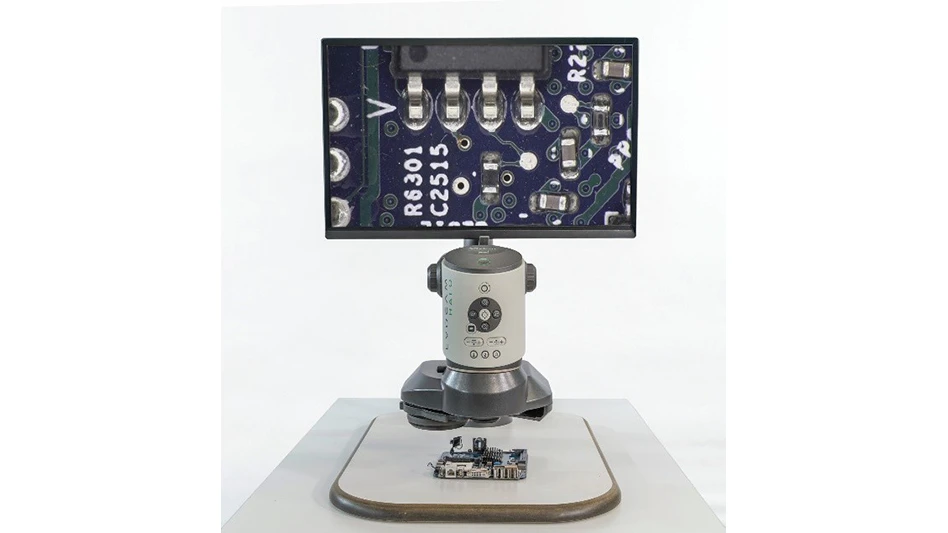
Automotive OEMs, Tier 1, and Tier 2 suppliers are constantly reducing costs per unit (CPUs) to be more profitable and maintain a competitive edge. Though tangentially clamped inserts for milling tools are not new, most tool designs offer a double-sided insert with 4 right-hand cutting edges. To bolster its competitive edge, ISCAR designed a new four-sided tangentially clamped insert with 8 right-hand cutting edges, offering modern advancements for higher productivity.
1) What’s unique about ISCAR’s new LOGIQ-8-TANG tangential T890 platform?
First, the 8 positive cutting edges offer a decreased cost/edge, lowering tool cost. The T890 insert is also extra durable due to its thick cross-sectional design.
Cutting forces on an insert exhibit extreme pressure, therefore a thicker insert offers more stability for heavier chip loads. The T890’s positive rake face geometry reduces cutting forces and delivers a productivity impact across many applications. The cutters are primarily intended for face and shoulder milling.
They are suitable for ISO P and ISO K materials and are designed for roughing and finishing operations in automotive, die and mold, and general engineering. The LOGIQ-8-TANG, by design, also provides excellent surface finishes due to the insert geometry and its orientation in the cutter body, creating a wiper effect.

2) Why is built-in rigid dovetail clamping for an insert important?
Accuracy and durability. Firm placement of the insert in its dovetail shaped pocket allows for higher average feed rates and durability that is demonstrated by less wear on insert pockets, which extends cutter body life. The design advantages of a tangential pocket also provide higher levels of accuracy in terms of insert positioning, reducing axial and radial runout. All of this adds up to a boost in productivity.
3) Why is a tangential insert design stronger than a radial insert design?
Cutting forces create a shearing force on the screw head which holds an indexable insert in place. The force on the screw is greater with traditional, radially clamped inserts. For tangential designs, the screws are larger and stronger, and the insert pocket, due to the dovetail, absorbs more of the cutting forces. Larger screws encountering less force equals less catastrophic cutting tool failure. Another benefit of the tangential cutter design is larger/stronger core diameters than radial cutter designs. This allows for the use of cutter bodies with more inserts positioned around the cutter periphery and opportunities to increase productivity with high-density or fine-pitch cutter bodies.
For more information: https://www.iscarusa.com
Get curated news on YOUR industry.
Enter your email to receive our newsletters.Latest from EV Design & Manufacturing
- Newly launched company specializes in battery management services
- You can still register for March’s Manufacturing Lunch + Learn!
- Toyota, EVgo launch new DC fast charging stations in California
- ElectricFish cuts grid upgrade costs with redesigned power bank
- How to Reduce First Article Inspection Creation Time by 70% to 90% with DISCUS Software
- Battery Cell Production project takes a collaborative approach to EV battery manufacturing
- Electric vehicle battery venting materials counter the risk of thermal runaway
- #40 - Lunch & Learn with Fagor Automation





